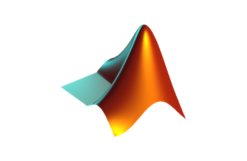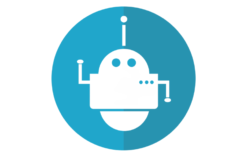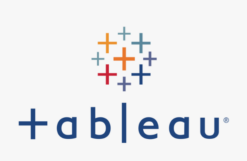Overview
Robotics, as a field within artificial intelligence (AI), focuses on the programming and design of intelligent and efficient machines. By combining the principles of AI with mechanical engineering, robotics aims to create systems capable of perceiving and interacting with their environment in a manner that simulates human intelligence. These intelligent machines, known as robots, are equipped with sensors, actuators, and effectors, enabling them to gather information, make decisions, and execute physical tasks with precision. By harnessing the power of AI, robotics seeks to revolutionize industries by automating complex processes, enhancing productivity, and enabling advancements in areas such as manufacturing, healthcare, and space exploration.
Objectives
- Filters (Kalman and particle) to enable the robot to locate moving objects in its environment.
- Search algorithms and motion planning.
- Implement PID controls to regulate a robot’s movement within an environment.
- Implement SLAM algorithms to enable a robot to map out an unknown environment.
Audience
- Robotics Engineers: Professionals involved in designing, developing, and programming robotic systems who want to enhance their knowledge and skills in incorporating AI techniques.
- AI Engineers: Individuals with a background in AI who are interested in applying their knowledge to the field of robotics and understanding the specific challenges and considerations related to AI-driven robotic systems.
- Researchers and Academics: Scientists and academics working in the field of robotics and AI who seek to expand their understanding of AI techniques and their applications in robotics. They may be interested in incorporating these concepts into their research or teaching.
- Robotics Project Managers: Managers responsible for overseeing robotics projects and teams who want to gain a comprehensive understanding of AI technologies in order to effectively plan, implement, and assess AI-driven robotic systems.
- Industrial Automation Professionals: Individuals working in industries that heavily rely on automation, such as manufacturing, logistics, and healthcare, who want to explore how AI can enhance robotic systems for improved efficiency and productivity.
- Robotics Enthusiasts: Hobbyists or individuals interested in learning about the intersection of AI and robotics for personal projects or further exploration of the subject.
Pre- requisites
- Basic programming skills
- Understanding of mathematics and probability
- Fundamental knowledge of robotics
- Familiarity with artificial intelligence concepts
- Optional: Familiarity with Robot Operating System (ROS)
Duration: 4 days – 28 hrs
Course Content
Module 1: Introduction to AI and Robotics
- Overview of Artificial Intelligence (AI) and Robotics
- Differentiating computer-simulated and physical robots
- Robotics as a branch of AI and its applications
- The role of AI in enhancing robotic capabilities
Module 2: Localization in Robotics
- Understanding the concept of robot localization
- Utilizing sensors for assessing robot location and environment
- Probability exercises in localization
- Algorithms for robot localization, such as Monte Carlo Localization
Module 3: Robot Motion Planning and Control
- Exploring different types of robot motions (exact and inexact)
- Introducing sense and move functions for robot control
- Using planning and search algorithms for efficient motion planning
- Implementing A* search algorithm for optimal path finding
Module 4: Probability Tools in Robotics
- Understanding Bayes’ rule and its application in robotics
- Theorem of total probability for estimating robot states
- Gaussian processes and their use in measuring robot motion and environment
- Introduction to Kalman filtering for state estimation and sensor fusion
Module 5: Tracking and Mapping with Particle Filters
- State space dimension and modality in tracking
- Implementing particle filters for robot tracking
- Exploring robot class, world representation, and particles for tracking
- Troubleshooting common issues in particle filtering
Module 6: Programming AI Robots
- Developing search programs and expansion grid tables for robot intelligence
- Introduction to dynamic programming for solving complex problems
- Computing value and optimal policy for robot decision-making
- Implementing PID control for robot motion and path smoothing
Module 7: Simultaneous Localization and Mapping (SLAM)
- Constraints and landmarks in mapping and tracking
- Implementing SLAM algorithms for simultaneous localization and mapping
- Troubleshooting common challenges in SLAM implementation
- Evaluating the performance of SLAM systems
Module 8: Summary and Conclusion
- Review of key concepts and techniques covered in the course
- Recap of important algorithms and methodologies for AI in robotics
- Discussion on troubleshooting and common challenges in AI robotics












